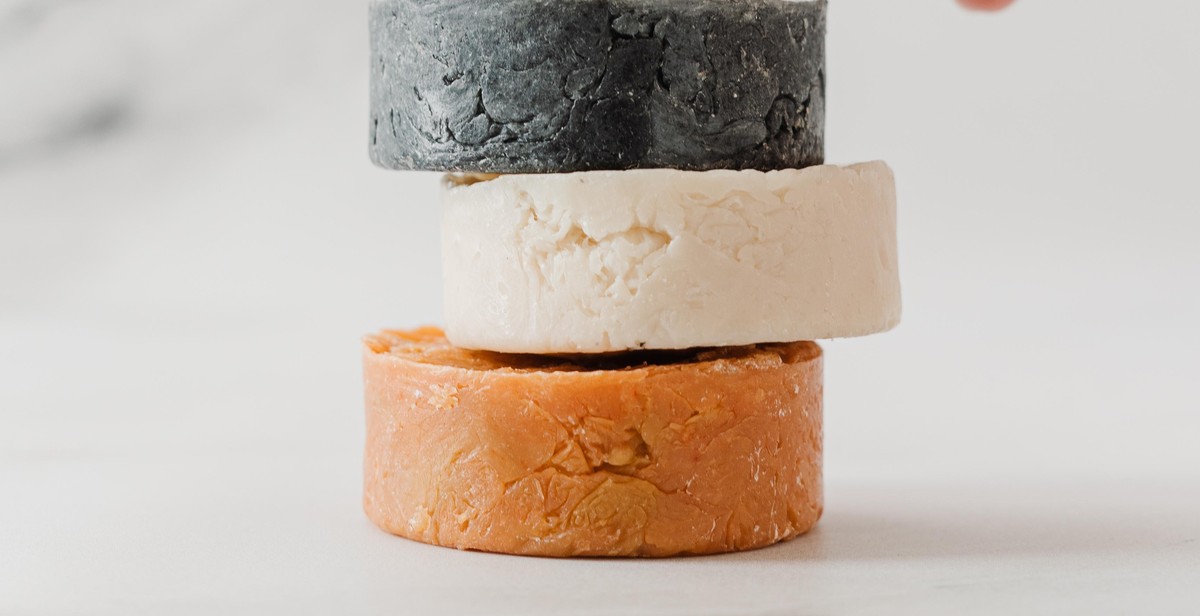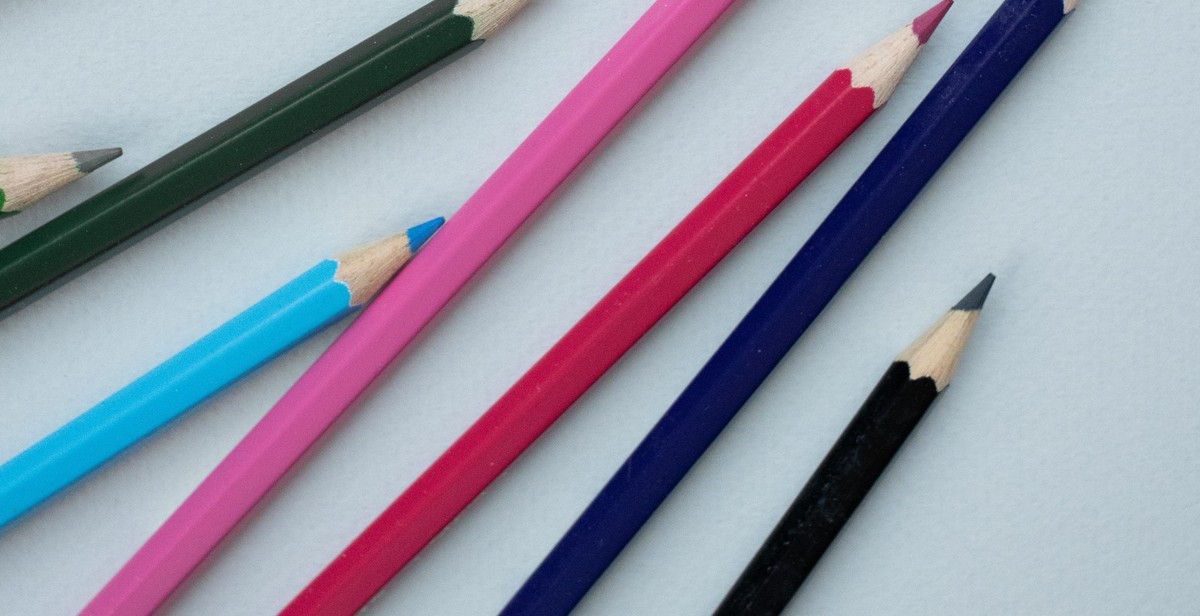Introduction
Welcome to the world of upcycling! With growing environmental concerns and a desire to reduce waste, upcycling has gained popularity as an innovative and sustainable way to transform discarded items into beautiful treasures. In this article, we will explore the concept of upcycling, its benefits, and provide beginners with practical tips to get started on their upcycling journey.
What is Upcycling?
Upcycling is the process of repurposing or transforming old, unwanted materials into something of higher value or quality. Unlike recycling, which involves breaking down materials to create new products, upcycling focuses on finding creative ways to breathe new life into existing items. By upcycling, we can reduce waste, conserve resources, and contribute to a more sustainable future.
Upcycling can take various forms, from turning old clothing into trendy accessories, repurposing furniture, or even transforming everyday objects into unique pieces of art. The possibilities are endless, limited only by your imagination.
The Benefits of Upcycling
Upcycling offers numerous benefits, both for individuals and the planet. By upcycling, you can:
- Reduce waste and landfill space
- Conserve energy and resources
- Save money by repurposing items instead of buying new
- Express your creativity and individuality
- Support local artisans and small businesses
Whether you are a seasoned crafter or a beginner looking to explore your creative side, upcycling provides an exciting opportunity to make a positive impact while unleashing your artistic potential. So, let’s dive into the world of upcycling and learn how to turn trash into treasure!

Benefits of Upcycling
Environmental Benefits
Upcycling plays a crucial role in reducing waste and conserving resources. By repurposing items that would otherwise end up in landfills, upcycling helps to minimize the environmental impact of waste disposal. This practice also reduces the need for new raw materials, such as timber or plastic, which in turn helps to conserve natural resources and protect ecosystems.
Saves Money
One of the major advantages of upcycling is its cost-effectiveness. Instead of purchasing new products, upcycling allows you to transform old or discarded items into something functional and appealing. This not only saves you money but also helps to reduce your overall consumption. By upcycling, you can give a new life to items that would otherwise require expensive replacements.
Promotes Creativity
Upcycling encourages creativity and innovation. It challenges you to think outside the box and find unique ways to repurpose items. Whether it’s transforming an old ladder into a bookshelf or turning wine bottles into decorative vases, upcycling allows you to unleash your creative potential and express your individuality. It provides an opportunity to experiment with different materials, colors, and designs, resulting in one-of-a-kind creations that reflect your personal style.
Moreover, upcycling can also be a fun and engaging activity for individuals or families. It offers a chance to bond over a shared project, fostering teamwork and collaboration.
In summary, upcycling not only benefits the environment by reducing waste and conserving resources but also offers financial savings and promotes creativity. By embracing upcycling, you can make a positive impact on the planet while enjoying the satisfaction of creating something unique and meaningful.

Getting Started with Upcycling
Upcycling is a creative and sustainable way to transform everyday items that would otherwise end up in the trash into something new and useful. Whether you’re a DIY enthusiast or simply looking to reduce waste, upcycling can be a rewarding and fulfilling hobby. To get started, here are some essential steps to follow:
Choose Suitable Materials
When it comes to upcycling, the possibilities are endless. However, it’s important to choose materials that are suitable for your project. Look for items that are in good condition, such as old furniture, glass bottles, or even discarded fabric. Consider the purpose of your upcycled creation and select materials accordingly.
Gather Essential Tools
Having the right tools on hand will make your upcycling journey much smoother. Some common tools you may need include:
- A set of basic hand tools, such as screwdrivers, pliers, and a hammer
- A paintbrush and sandpaper for refinishing furniture
- A sewing machine and sewing supplies for fabric-based projects
- Glue, scissors, and other adhesives for various crafts
Investing in quality tools will not only make your projects easier but also ensure better results.
Explore Upcycling Ideas
Now that you have your materials and tools ready, it’s time to get creative! Explore different upcycling ideas and find inspiration from various sources like magazines, websites, or social media platforms. Some popular upcycling projects include turning old jars into stylish storage containers, repurposing wooden pallets into furniture, or transforming vintage clothing into trendy accessories.
Remember, upcycling is all about giving new life to old items, so don’t be afraid to think outside the box and experiment with different techniques and materials. The more you explore, the more unique and personalized your upcycled creations will be!
By choosing suitable materials, gathering essential tools, and exploring upcycling ideas, you’re well on your way to becoming an upcycling enthusiast. So, roll up your sleeves, unleash your creativity, and turn trash into treasure!

Upcycling Projects for Beginners
Upcycling is a creative and sustainable way to transform old and unused items into something useful and beautiful. Whether you’re a beginner or an experienced DIY enthusiast, there are plenty of upcycling projects that you can try. Here are three beginner-friendly upcycling ideas to get you started:
1. Transforming Old Furniture
Old and worn-out furniture can be given a new lease on life through upcycling. Start by sanding down the surface to remove any existing paint or varnish. Then, apply a fresh coat of paint or stain in a color that matches your home’s decor. You can also add decorative elements such as stencils or decals to give the furniture a unique touch. Don’t forget to replace any broken hardware, such as knobs or handles, to complete the transformation.
2. Repurposing Glass Jars
Glass jars are versatile and can be repurposed in many creative ways. Start by cleaning and removing any labels from the jars. Then, you can turn them into stylish storage containers by painting them or wrapping them in decorative fabric. Glass jars can also be transformed into beautiful candle holders by adding some sand or pebbles at the bottom and placing a tealight or votive candle inside. You can even create a stunning terrarium by filling a jar with small plants and moss.
3. Creating Unique Home Decor
Upcycling offers endless possibilities for creating unique and personalized home decor. One idea is to repurpose old picture frames by adding a fresh coat of paint and turning them into stylish wall art. You can also transform old wooden pallets into rustic shelves or coffee tables by sanding, painting, and assembling them. Another fun project is to upcycle old vinyl records into decorative bowls or coasters by heating and shaping them in the oven.
Remember, upcycling is all about creativity and finding new uses for old items. Don’t be afraid to experiment and think outside the box. With a little imagination and some basic DIY skills, you can turn trash into treasure and make a positive impact on the environment.

Tips for Successful Upcycling
1. Plan and Sketch Your Design
Before starting your upcycling project, take some time to plan and sketch out your design. This will help you visualize the end result and ensure that you have all the necessary materials and tools. Consider the functionality and aesthetics of your upcycled item, and make any necessary adjustments to your design before you begin.
2. Clean and Prepare Materials
Prior to upcycling, it’s important to clean and prepare your materials. Remove any dirt, dust, or debris from the items you’re working with. If you’re repurposing wood, sand it down and apply a sealant to protect it. For fabrics, wash and iron them to ensure a clean and smooth surface. Properly preparing your materials will help achieve a professional-looking finish.
3. Use Safe and Non-Toxic Materials
When selecting paints, adhesives, and other materials for your upcycling project, opt for safe and non-toxic options. Look for eco-friendly paints and adhesives that are free from harmful chemicals. This is not only important for your health and safety but also contributes to creating a sustainable and environmentally-friendly end product.
4. Experiment and Have Fun
Upcycling is all about creativity and individuality, so don’t be afraid to experiment and have fun with your projects. Try different techniques, mix and match materials, and let your imagination run wild. Remember that upcycling is not about perfection but about transforming discarded items into something unique and beautiful. Embrace the process and enjoy the journey!
Conclusion
Upcycling is a creative and sustainable way to transform trash into treasure. By repurposing and giving new life to old or discarded items, we can reduce waste and contribute to a greener future. Whether you’re a beginner or an experienced crafter, upcycling offers endless possibilities for unleashing your creativity and making a positive impact on the environment.
Throughout this article, we have explored various upcycling techniques and ideas that can inspire you to embark on your upcycling journey. From simple projects like turning glass jars into decorative candle holders to more complex endeavors like transforming an old dresser into a stylish storage unit, there is something for everyone.
To get started with upcycling, remember to keep an open mind and think outside the box. Look at everyday objects with a creative eye and envision how they can be repurposed. Experiment with different materials, techniques, and styles to create unique and personalized upcycled pieces.
Additionally, don’t forget to gather the necessary tools and materials before starting your upcycling projects. Having a well-equipped workspace will make the process smoother and more enjoyable.
Lastly, share your upcycling journey with others. Join online communities or local workshops where you can connect with like-minded individuals, exchange ideas, and learn from one another. By spreading the joy of upcycling, we can inspire more people to embrace this sustainable practice.
Remember, upcycling is not only about creating beautiful and functional items; it’s about making a difference and contributing to a more sustainable future. So, grab your tools, unleash your creativity, and let the upcycling adventure begin!
